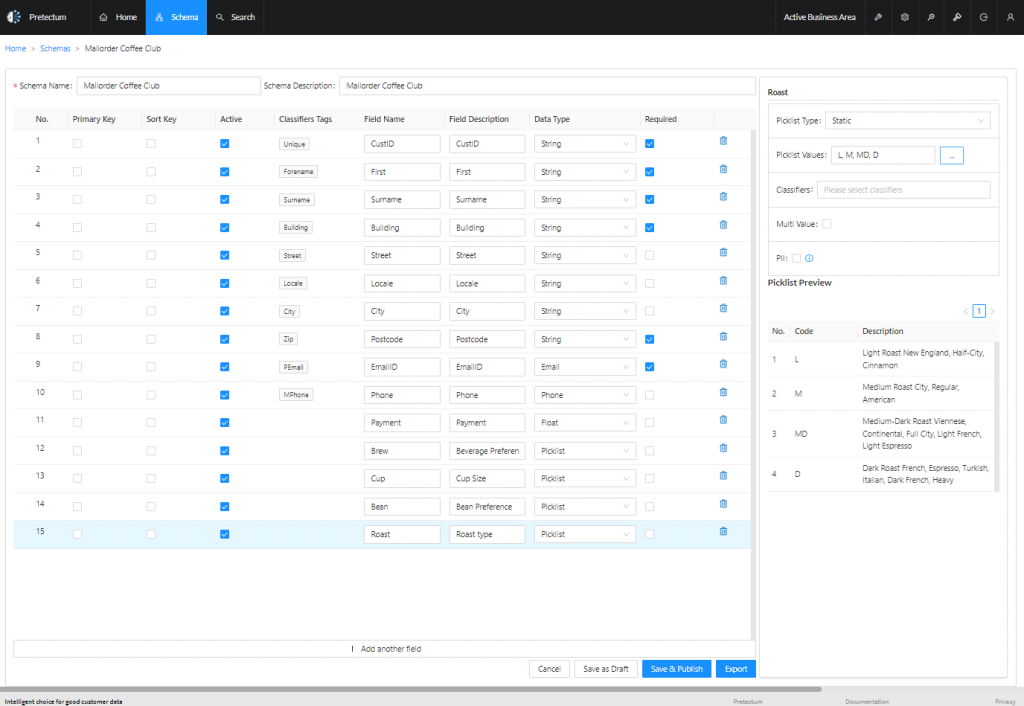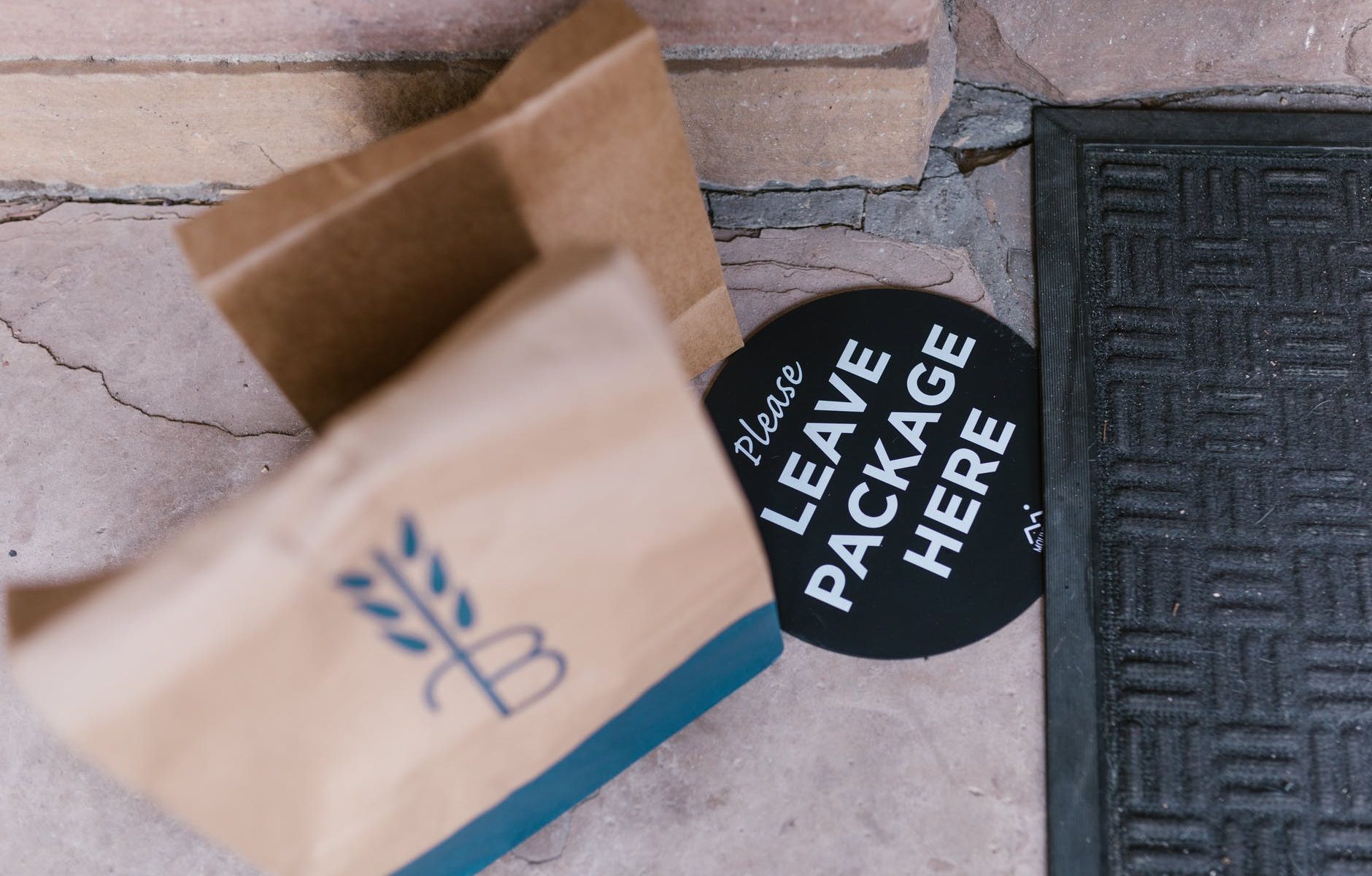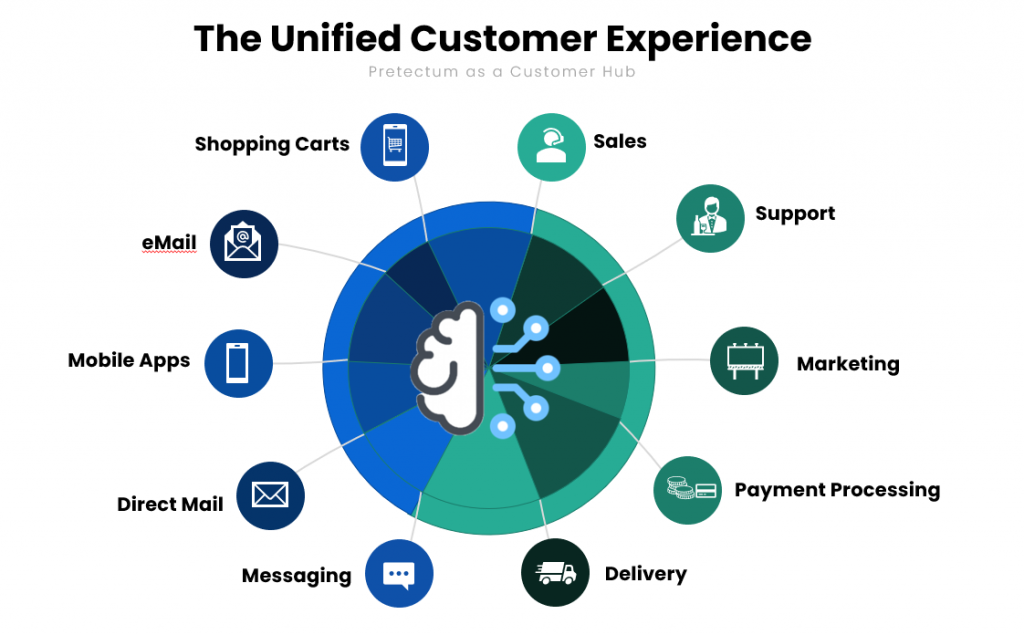Customers expect a personalized retail experience when they are shopping. However, effective personalization as part of your retail operating model has to have some core elements. Gathering retail information is about gathering details on how your channels are performing, including physical stores and e-commerce. You also need to examine your customers, their demographics, behaviour, attitude, and specific actions.
Modern retailers will use this data to tailor the supply chain, the outbound message to audiences, pricing, merchandising and the whole retail experience for the customer.
Highly personalized customer experiences used to be something only available to the higher-end retailer with a degree of exclusivity but by using the power of customer data retailers now have the ability to offer this kind of experience to many millions of individual customers.
Some of the data will be proprietary zero-party data (0PD) that will be difficult for competitors to imitate. When the use of this data is considered and executed well, businesses not only successfully differentiate themselves but also gain a sustainable competitive advantage that can augment the customer’s lifetime value and extend the relationship in perpetuity. Both drive higher profitability and ensure brand loyalty.
Amazon may have set the minimum standard in terms of polishing the e-commerce experience but many other retailers like Sephora and Nike are blazing their own trails with innovative approaches to personalization and customer relationship management according to McKinsey.
“Retailers should collect information about who their customers are and what their shopping patterns are, so as to develop demographic and psychographic segment profiles,’
AR Rao, General Mills Chair in Marketing – Carlson School of Management.
Retailers have struggled to gather this kind of information in the past, for a number of reasons. Amongst them, getting the data is sometimes harder than it should be, locked away in the inner logic of ERP, CRM, CDP, POS and e-commerce platforms. Whole teams are often required to just prepare the data for use and for many retailers, the way that they are set up organizationally means that information sharing, particularly about customers, is difficult if not impossible. For many, the tools available for use, are also misaligned with the intentions that the business has for the data.
Successfully overcoming these hurdles requires two important facets to be considered. The first of these is the types of customer data. There is a lot of information you could be collecting but really the most useful ones are the personal data, and the demographic aspects, like age, ethnicity, socioeconomic status and education – these factors often have a strong influence on tastes and interests.
In terms of a retailer’s brand, there is value in understanding customer preferences. Consumer preference theory suggests that consumers have preferences for certain products and services and this can be a valuable tool for planners, product managers and marketers in understanding what customers want. This might even include factors like, whether they prefer physical stores over online shopping.

When you combine the personal data with the preference data you know something about your audience, but you can push this further if you’re able to tie transactions back to the specific customer. Behavioural data can be suggestive of future behaviour and can also assist your representatives in having more meaningful conversations with the customer.
The Pretectum CMDM supports you in many aspects of this data-gathering exercise, from the consolidation of the many sources that you have to the establishment of a golden nominal that provides a digital twin representative of each customer, through to the support for active data governance in the creation and maintenance of the customer record.
All of this is achieved through the SaaS customer master data management platform that is available to you and your teams via interactive use or through integration.
Contact us today to find out how we can assist.




